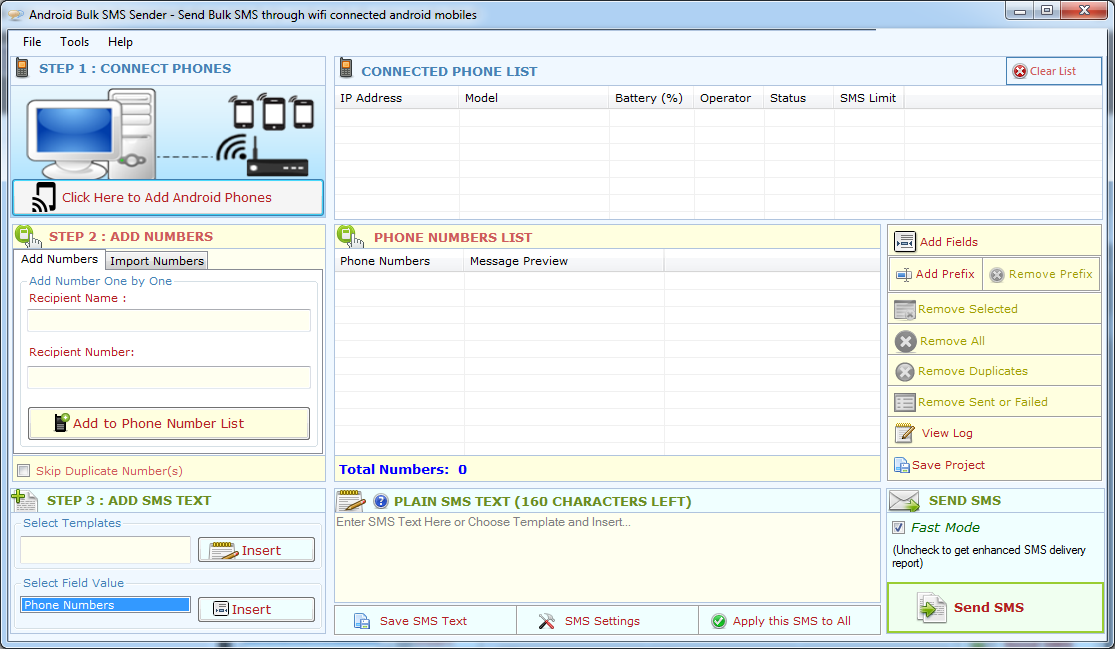
A WAP Proxy Server acts as the WAP gateway for wireless Internet applications. For example, a parent receives an SMS from his security company to inform him that his daughter has arrived home and keyed in her access code. Such as alarm systems that can use SMS services for remote access and alerting purposes.

For example, a household meter that transmits a short message to a utility company’s billing system to automatically record customer usage. The ESME may then use the collected data to manage services such as taxi assignment, stolen vehicle tracking and logistics control. These include applications that use mobile hardware to send GPS or cell data across SMS and using an MC, relay these messages to an ESME. The operator lists out available restaurants and sends the appropriate information as an SMS to the caller. For example a subscriber calls a directory service requesting information on restaurants in a given area. Calls directly dialled or diverted to a message-bureau operator, who forwards the message to the MC, for onward delivery to a subscriber’s handset. For example, an application that enables mobile subscribers to query currency rates or share-price information from a database or the WWW and have it displayed as a short message on the handsets. With an SMS-capable phone, the need to carry both pager and phone is drastically reduced. Numeric and alphanumeric paging services.

This is arguably one of the first ESME-based applications of SMS and is still heavily used in the industry.
#Sms sender and receiver code
Using SMS to send a code that is used as a second factor to verify the identity of an individual. Used by businesses to remind customers of appointments and avoid the financial impact and/or impact on customer of a missed appointment. Confirmations via SMS are better than email when it comes to immediate notification. Businesses send promotions to customers as text messages. The following summarises typical applications of SMPP: SMPP is ideal as an access protocol for these applications. Mobile Operators, Message Centre vendors, Infrastructure Providers, and application developers are continually developing new applications for SMS. The variety of messaging applications, particularly using SMS, for which SMPP can be employed is almost boundless. SMPP is designed to support short messaging functionality for any cellular technology and has specific applications and features for technologies such as: GSM, UMTS, LTE, IS-95 (CDMA), CDMA2000 (1xRTT & 3xRTT), ANSI-136 (TDMA), iDEN Typical Applications of SMPP It can also be used as an API for use with USSD, CBC and other mobile services. It is a means by which applications (termed ESMEs) can send SMS messages to mobile devices and receive SMS from mobile devices. The SMPP (Short Message Peer-to-Peer) protocol is an open, industry standard protocol designed to provide a flexible data communications interface for the transfer of short message data between External Short Message Entities (ESME), Routing Entities (RE) and Message Centres (MC). SMPP PDU Example: Send SMS (submit_sm / submit_sm_resp).Developer account for the Melrose Labs Tyr SMS Gateway.3GPP Technical realization of the Short Message Service (SMS).SMPP 5: Short Message Peer to Peer Protocol Specification v5 Short Message Service (SMS) SMPP 3.4: Short Message Peer to Peer Protocol Specification v3.4, 1, Issue 1.2 SMPP v5 SMPP 3.3: Short Message Peer to Peer Protocol Specification v3.3 SMPP v3.4 The final version was released in 2003 and is SMPP v5. The original public version of the specification is SMPP v3.3 and was released in 1997. There are three versions of the SMPP protocol specification in use.


 0 kommentar(er)
0 kommentar(er)
